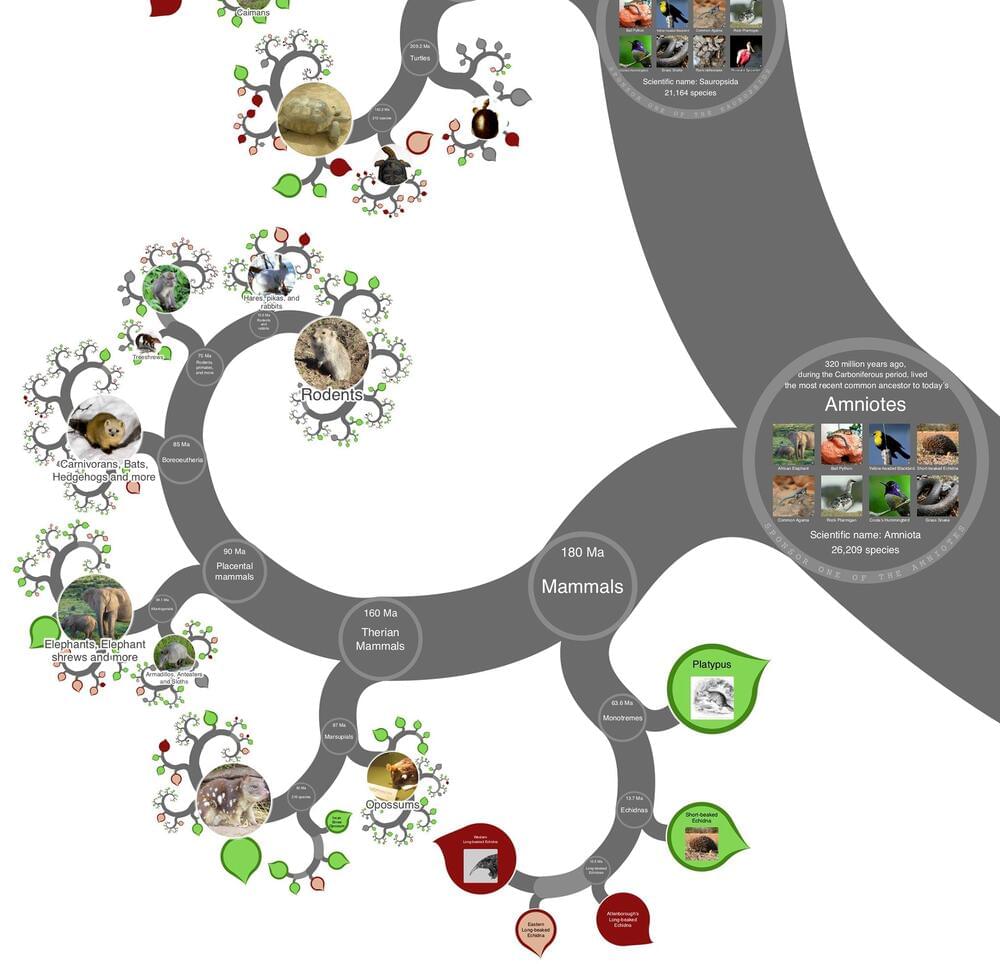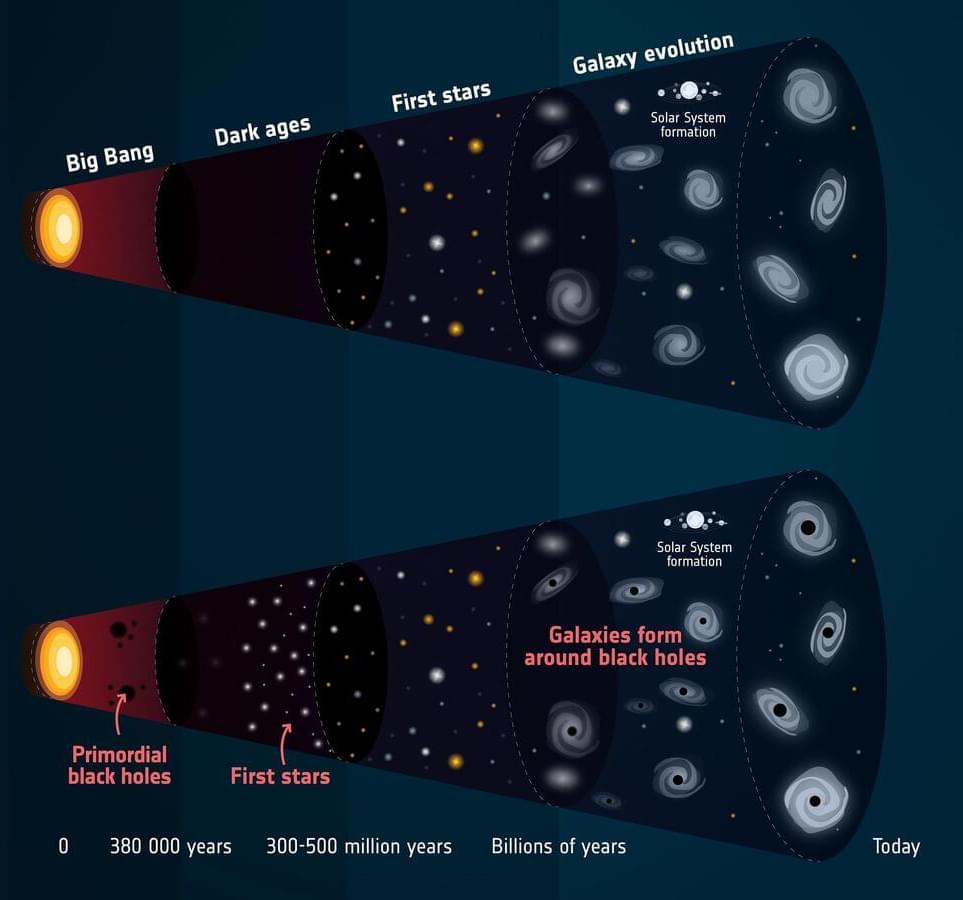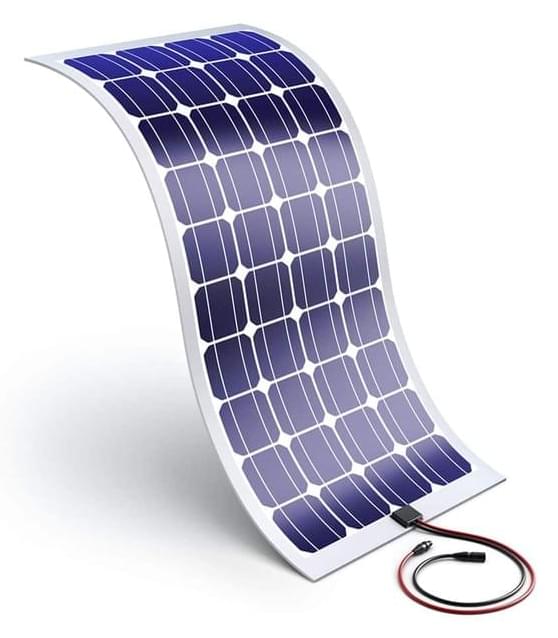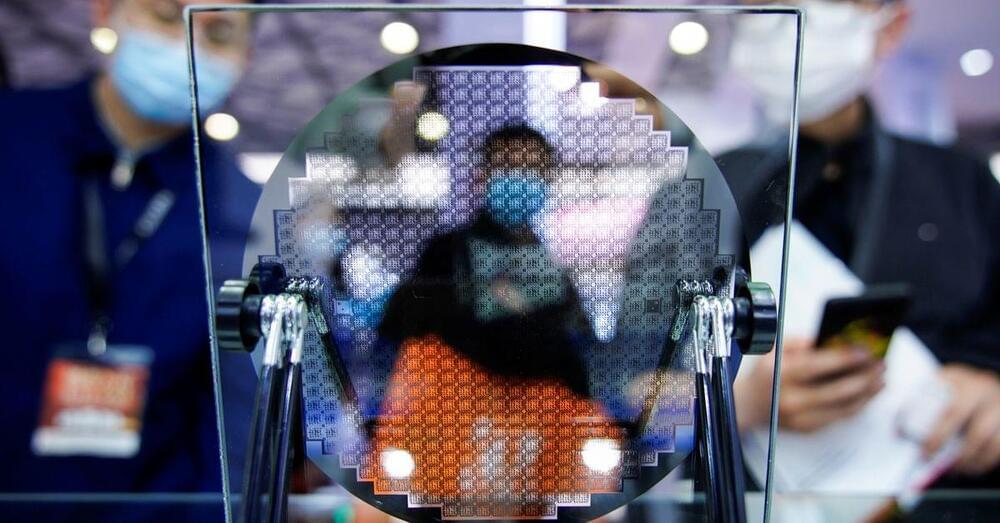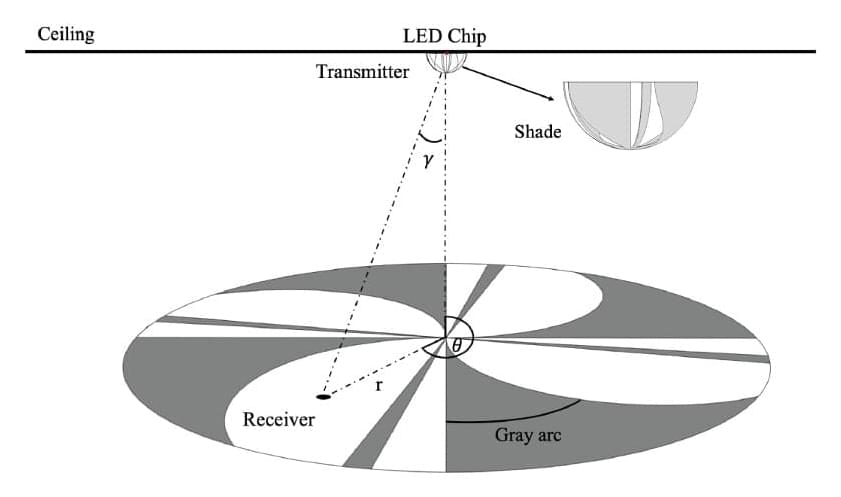Dec 17, 2021
“The Google Earth of Biology” — Visually Stunning Tree of All Known Life Unveiled Online
Posted by Genevieve Klien in categories: biological, evolution, existential risks, mapping, sustainability
OneZoom is a one-stop site for exploring all life on Earth, its evolutionary history, and how much of it is threatened with extinction.
The OneZoom explorer – available at onezoom.org – maps the connections between 2.2 million living species, the closest thing yet to a single view of all species known to science. The interactive tree of life allows users to zoom in to any species and explore its relationships with others, in a seamless visualisation on a single web page. The explorer also includes images of over 85,000 species, plus, where known, their vulnerability to extinction.
